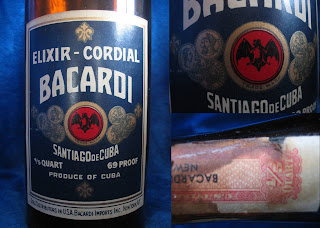
Harrassment becomes a family affair for the Thomas'. Almost twenty years after Anita Hill testified that Clarence Thomas had sexually harrassed her when she worked with him, his wife called and left her this message:
“Good morning Anita Hill, it’s Ginni Thomas,” it said. “I just wanted to reach across the airwaves and the years and ask you to consider something. I would love you to consider an apology sometime and some full explanation of why you did what you did with my husband.”
Ms. Thomas went on: “So give it some thought. And certainly pray about this and hope that one day you will help us understand why you did what you did. O.K., have a good day.”
Really? She did that? Why?
In a statement conveyed through a publicist, Ms. Thomas confirmed leaving the message, which she portrayed as a peacemaking gesture. “I did place a call to Ms. Hill at her office extending an olive branch to her after all these years, in hopes that we could ultimately get past what happened so long ago,” she said. “That offer still stands. I would be very happy to meet and talk with her if she would be willing to do the same. Certainly no offense was ever intended.”
Olive branch? An olive branch is where you give a little, where you apologize for some part in the process that you have erred. This is stirring things up, pure and simple. The reason for doing so is what remains obscure.
In response to Ms. Thomas’s statement, Ms. Hill said that she had testified truthfully about her experiences with the future Justice Thomas and that she had nothing to apologize for.
“I appreciate that no offense was intended, but she can’t ask for an apology without suggesting that I did something wrong, and that is offensive,” Ms. Hill said.
Indeed. Weird call, sane response.
Their history is not without turbulence, and they are neither acquaintances, nor are they on the same side of any public issue. In her 1998 book “Speaking Truth to Power,” Ms. Hill noted that she had been accused of harboring a romantic interest in Justice Thomas by his wife. “Virginia Thomas and I have never met,” Ms. Hill wrote. “And one can imagine that she is guided by her own romantic interest in her husband when she assumes that other women find him attractive as well.”
Again, the nod goes to Hill. She has shown herself to be measured and cautious in her response to contact, which reiterates that she doesn't seem like a wild eyed false accuser--why would Virginia Thomas want to bring that back to light?



















































